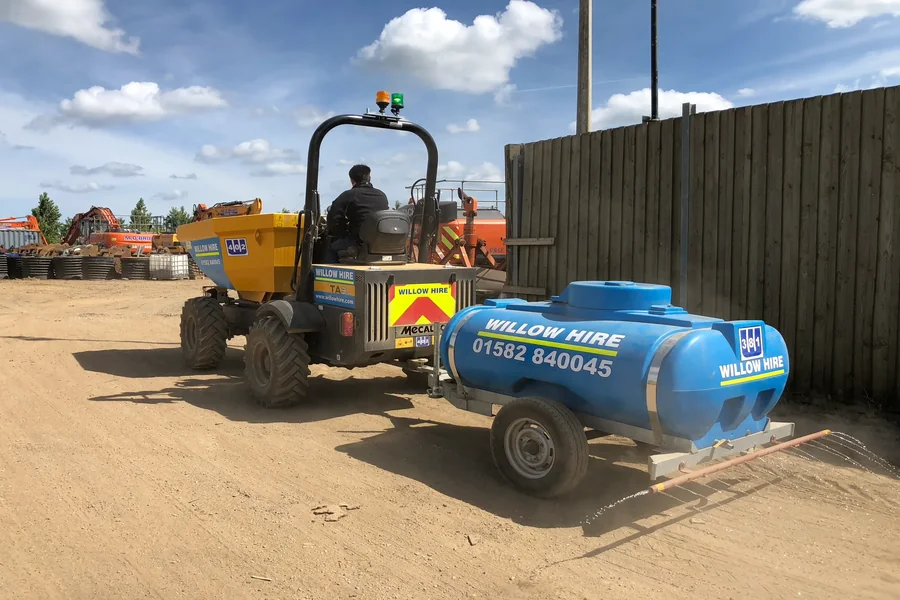In many industries, managing airborne particles is a constant challenge. Dust poses risks to health, safety, and the environment, making effective control systems essential. Over the years, advances in technology have given rise to smarter tools and applications that improve dust management. Among these innovations is the concept of a dust suppression browser, which integrates monitoring, control, and data analysis into a single digital platform. By combining traditional dust control practices with modern software tools, industries can achieve higher efficiency, compliance, and sustainability.
Contents
Why Dust Control Remains a Critical Issue
Dust is generated in countless settings—construction sites, mining operations, manufacturing plants, and agricultural fields. These fine particles may seem harmless, but their impact can be far-reaching. Inhalable dust can lead to serious respiratory problems, including asthma, chronic bronchitis, and silicosis. Prolonged exposure has also been linked to long-term health conditions that reduce workers’ quality of life.
Beyond health, dust clouds can create visibility hazards, increasing the likelihood of accidents. From an environmental standpoint, airborne dust can disrupt ecosystems, contaminate water sources, and reduce air quality in surrounding communities. With growing awareness of these impacts, organizations are under increasing pressure to adopt stronger dust suppression strategies.
Traditional Dust Suppression Methods
Before digital platforms came into play, dust control primarily relied on physical and chemical methods.
Water Application
Spraying water on dusty surfaces is one of the oldest and most common strategies. Water binds the particles, keeping them from becoming airborne. However, this approach is temporary and can be resource-intensive, especially in arid regions.
Chemical Binders
Chemical suppressants, such as polymers or salts, create a seal on surfaces to prevent dust release. While effective, the choice of chemicals must be carefully considered to avoid environmental harm.
Mechanical Controls
Physical barriers, filters, and ventilation systems are commonly used in enclosed spaces like factories. These methods capture or block dust particles, but they require ongoing maintenance and monitoring.
The Role of Digital Tools in Dust Suppression
Modern industries are increasingly adopting digital tools to enhance traditional dust control measures. A dust suppression browser represents one of these innovations, acting as a centralized hub where companies can monitor, analyze, and adjust their dust control operations in real time.
By leveraging sensors, automated systems, and cloud-based platforms, organizations gain a clearer understanding of how dust behaves in different environments. The ability to visualize data through a browser-based interface makes decision-making faster and more precise.
Features of a Dust Suppression Browser
Real-Time Monitoring
One of the most valuable features is the ability to track air quality and dust levels as they occur. Sensors placed around worksites feed information directly into the browser, allowing managers to identify hotspots and take immediate action.
Automated Control Systems
Modern suppression systems can be linked to the platform so that water cannons, misting devices, or ventilation units can be activated automatically when dust levels exceed safe thresholds.
Data Analysis and Reporting
Historical data is stored and processed within the system, enabling companies to identify long-term trends. Reports generated through the platform support compliance with environmental regulations and help demonstrate corporate responsibility.
Remote Accessibility
Because the system is browser-based, managers and decision-makers can access information from anywhere. This flexibility is particularly useful for companies with multiple sites or large-scale operations.
Benefits of Integrating Digital Dust Control
Combining traditional dust suppression techniques with digital monitoring tools creates a more effective and sustainable system. Some key benefits include:
- Improved Worker Safety: By reducing exposure to airborne particles, companies protect employee health.
- Regulatory Compliance: Automated reporting ensures adherence to government and industry standards.
- Operational Efficiency: Automated systems reduce the need for constant manual intervention, lowering costs over time.
- Community Protection: With better control measures in place, surrounding communities experience fewer environmental and health impacts.
Looking Ahead: Smarter Dust Control
The future of dust suppression is closely tied to advancements in digital technologies. As artificial intelligence and machine learning become more integrated, systems will not only react to dust but also predict when and where it is likely to occur. Predictive modeling will help organizations plan proactive strategies instead of relying solely on reactive measures.
Sustainability is another driver shaping innovations in dust control. New biodegradable suppressants, combined with water-efficient delivery systems and smart automation, will further reduce the environmental footprint of industrial operations.
Conclusion
Dust control is no longer just a compliance requirement—it is a cornerstone of responsible and sustainable operations. By adopting smarter tools such as a dust suppression browser, industries can integrate monitoring, automation, and analysis into their existing strategies. This not only reduces risks to workers and the environment but also creates more efficient and cost-effective operations. As technology continues to evolve, digital platforms will play an even greater role in shaping the future of dust management across multiple sectors.

